2016 Hyundai Elantra GT Vs 2015 Subaru Impreza

Going mainstream isn’t always a bad thing.
If you’re a hip indie band or the coolest craft brewery this side of a “fixie” bike, then going mainstream may be the worst idea ever. But, when it comes to big business, mainstream is where the money’s at.
For well over a decade now, Hyundai has made incredible strides to bring the Korean car maker from a value alterative to a full-fledge big-time player. Speaking of Hyundai in the same sentence as Toyota, Honda and Ford is now the norm.
SEE ALSO: 2015 Chevrolet Cruze vs 2015 Subaru Impreza
Although Subaru is still a little bit quirky with the brand’s symmetrical all-wheel drive and opposed engine design, Subaru of 2015 is a far cry from Subaru circa 2000. No longer are vehicles like the SVX, Baja and B9 Tribeca being churned out by the Japanese automobile manufacturer. Now, the focus is on mainstream, everyday models that general consumers should appreciate.
Get the Flash Player to see this player.
Still Remember Their Roots
As much as things have changed, Hyundai and Subaru still remember what brought them success in the first place. For Hyundai it’s always been about value for the money while Subaru is synonymous with all-weather capability.
All versions of the Impreza continue to come with full-time all-wheel drive. This helps the Impreza laugh-off foul weather like rain, sleet and snow. Power comes from a 2.0-liter four-cylinder engine that makes 148 HP and 145 lb-ft of torque.
Power and Efficiency
The Elantra uses a 2.0-liter four-cylinder engine as well, but with 173 HP and 154 lb-ft. of torque, it’s quite a bit more powerful. To compensate for the power deficiency, the Impreza features an overly touchy throttle pedal that launches the car forward with the smallest of inputs.
Permanent all-wheel drive does no favors for fuel economy, but Subaru has worked hard to make AWD and respectable fuel economy possible. Officially rated at 27 MPG city and 36 MPG highway, the Impreza holds an efficiency edge over the more powerful Elantra that is rated at 24 MPG city and 33 MPG highway. During our real world testing though, the Impreza did not live up to its numbers and could only muster a 29 MPG average compared to the Elantra’s 30.1 MPG average.
Comfort vs. Visibility
Comfort is another area where Hyundai holds an edge over Subaru. Suspension softness is fairly equal between the two vehicles but the Subaru’s seats feel flatter than the more supportive front buckets in the Elantra GT.
Outward visibility is another story. Subaru has this absolutely nailed and the field of vision out of the Impreza couldn’t be better. Thin A-pillars, a boxy shape and door-mounted side mirrors make seeing where you’re driving much easier in the Impreza than the Elantra.
Stylin’
But that blocky body isn’t aesthetically pleasing. Despite a refresh this year, all the chrome trim in the world and added on bodywork can’t make the function-over-form Impreza look sexy.
Meanwhile, the refreshed-for-2016 Elantra GT gets a bold new front fascia, new optional 17-inch wheels and some new paint colors. Ok, the last part may not add style, but the Elantra looks like a brand new, modern car whereas the Impreza looks a bit dated.
Which is More Practical?
The Impreza is 4.7-inches longer than the Elantra in overall length. This should lead to a large interior space advantage, but it doesn’t. Since the Impreza features all-wheel drive, the mechanical components for that hardware eat up some of the rear hatch space.
With 23.0 cubic feet of total space, the shorter Elantra holds a small half cubic foot advantage over the Impreza. Fold the rear seats down though and the Impreza does regain a small advantage.
SEE ALSO: 2015 Dodge Dart vs 2016 Hyundai Elantra GT
That’s because Subaru offers nearly an inch more rear legroom compared to the Elantra and when it comes to the comfort of backseat passengers, the Impreza wins hands down.
Compare Specs
| Vehicle | 2015 Subaru Impreza | Advantage | 2016 Hyundai Elantra |
|---|---|---|---|
| Engine (as tested) | 2.0 L Four-cylinder | - | 2.0 L Four-Cylinder |
| Horsepower | 148 HP | Elantra | 173 HP |
| Torque | 145 lb-ft. | Elantra | 154 lb-ft. |
| Weight | 2,955-3,131 lbs. | Elantra | 2,773-3,053 lbs. |
| Rear Legroom | 35.4-inches | Impreza | 34.6-inches |
| Cargo Space | 22.5 cubic feet | Elantra | 23.0 cubic feet |
| Fuel Economy (US) | 27 MPG city, 36 MPG Hwy | Impreza | 24 MPG city, 33 MPG Hwy |
| Fuel Economy (CDN) | 8.5 L/100 km city, 6.4 L/100 km Hwy | Impreza | 9.8 L/100 km city, 7.2 L/100 km Hwy |
| Observed Fuel Economy | 28.0 MPG | Elantra | 30.1 MPG |
| Starting Price(US) | $18,990 | Elantra | $18,075 |
| Starting Price(CDN) | $21,590 | Elantra | $17,594 |
| Top Trim Price(US) | $28,385 | Elantra | $26,550 |
| Top Trim Price(CDN) | $31,890 | Elantra | $28,394 |
Contrasting Interiors
The interior designs of the two cars couldn’t be any more different. Subaru’s door panels and dashboards are improving, but it’s still hard to shake the feeling that an engineer designed them. Not all surfaces feel of quality or match one another. At least the infotainment system is finally integrated into the dashboard and most of the AutoGuide team like Subaru’s StarLink system.
The Elantra’s design is much better though. Mimicking that of the large Sonata mid-size sedan, the Elantra GT has the right mix of buttons and touch screen controls that are intuitive to use. Materials used inside the Elantra GT feel of higher quality and everything looks better integrated.
Value and Safety
Subaru and Hyundai have different ideas about what the definition of value is. For Subaru, it’s fuel economy, crash worthiness and the ability to drive regardless of the weather. Subaru consistently ranks at the top in crash tests and the 2015 Impreza is no exception. The Elantra does well enough in crash tests, earning a Top Safety Pick rating by the IIHS, but the Impreza is ranked better earning a Top Safety Pick+ rating.
A big factor in value though is price. Starting at $18,075 after destination charges, a base model Elantra SE Sedan undercuts the cheapest Impreza 2.0i sedan by $915. Load up the Elantra GT Hatchback and the price totals $26,550, which is less than a loaded Impreza 2.0i Sport Limited Hatchback that lists at $28,385. Oh, and of course Hyundai’s warranty can’t be beat.
The Verdict: 2016 Hyundai Elantra GT vs 2015 Subaru Impreza
The Subaru Impreza has come a long way to offer plenty of mainstream appeal, top notch safety and the added benefit of all-wheel drive. But it can’t beat the Hyundai Elantra GT’s combination of style, comfort and value. With features usually not found in compact cars at a reasonable price, Hyundai continues to win at the value game, now with added refinement and quality.
2016 Hyundai Elantra GT, 2015 Subaru Impreza
LOVE IT
- Value
- Warranty
- Interior space
- Style
- All-wheel drive
- Sightlines
- Safety
- Rear seat space
LEAVE IT
- Rear seat space with panoramic sunroof
- Transmission
- No all-wheel drive
- Not as efficient
- Not as powerful
- Interior stlye
- Cargo space

A 20+ year industry veteran, Mike rejoins the AutoGuide team as the Managing Editor. He started his career at a young age working at dealerships, car rentals, and used car advertisers. He then found his true passion, automotive writing. After contributing to multiple websites for several years, he spent the next six years working at the head office of an automotive OEM, before returning back to the field he loves. He is a member of the Automobile Journalists Association of Canada (AJAC), and Midwest Automotive Media Association (MAMA). He's the recipient of a feature writing of the year award and multiple video of the year awards.
More by Mike Schlee



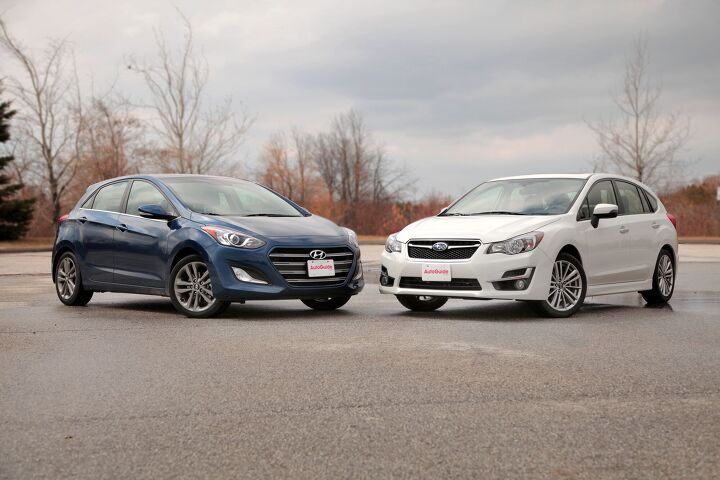
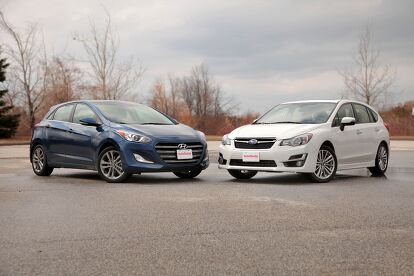



















































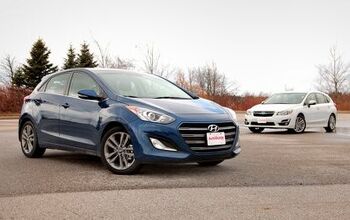
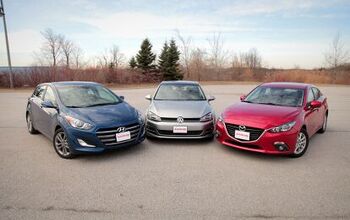


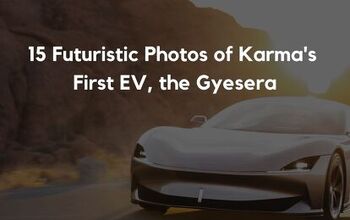
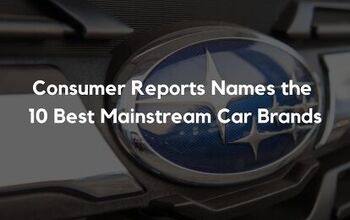
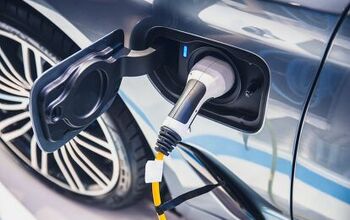
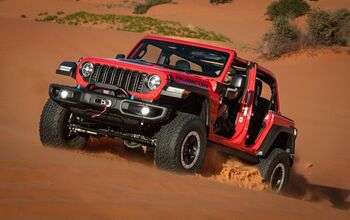

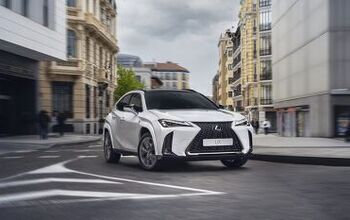
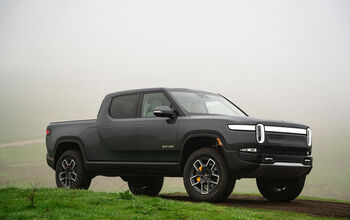

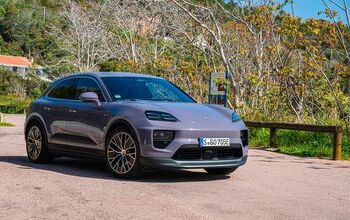


Comments
Join the conversation
Not one mention of how they handle corners, how well they comport themselves taking turns over rough pavement? Does ride quality and handling not matter to autoguide?
The Koreans have overtaken the Japanese now...